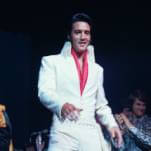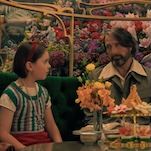: Murder Dog

No little corner of the publishing industry is quite like hip-hop publications, because, like the music they cover, they straddle two vastly different worlds: the world of the streets and the world of corporate America. But while glossy, style-saturated magazines like The Source, Vibe, and Blaze choose to cater to a more mainstream audience, West Coast-based Murder Dog is defiantly ghetto, choosing to forgo fashion spreads and elaborate photo shoots in favor of a slangy sort of urban minimalism. Like a hip-hop Maximumrocknroll, Murder Dog favors authenticity above all else; "keeping it real" has been an oft-bandied-about phrase in hip hop for decades, and it's difficult to imagine a publication more firmly committed to that ideal. In sharp contrast to the pretty design and layout of The Source, Murder Dog is grimy and no-frills, and sometimes just plain ugly. Technically, the magazine is primitive, with typefaces and layouts that often feel slapped together and are sometimes rendered difficult to read by their cluttered, sloppy design. Similarly, the album reviews are amateurish, often reading less like carefully conceived reviews than transcriptions of inarticulate strangers free-associating about albums they half-remember. But, much like MRR, what Murder Dog lacks in style it makes up for in bluntness and substance. Because it has a built-in audience and doesn't have to sell in vast numbers like its big-budgeted competitors, it can afford to be confrontational, political, and extremely aggressive. Clearly and honorably committed to speaking to the marginalized and disenfranchised who have adopted hip hop as their language and culture, Murder Dog gives voice to society's outcasts, whether they be incarcerated rappers, small-time hustlers with fledging record labels, or the convicts who contribute mightily to the letters section. Murder Dog isn't perfect, obviously, but its integrity-intensive commitment to underdogs makes it compelling and addictive.








































